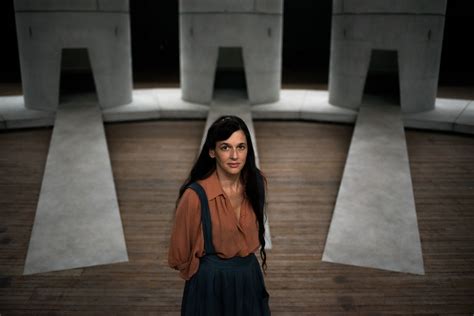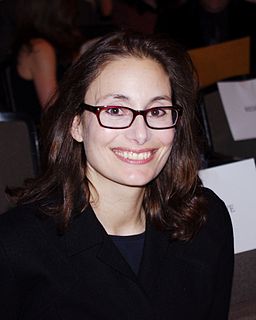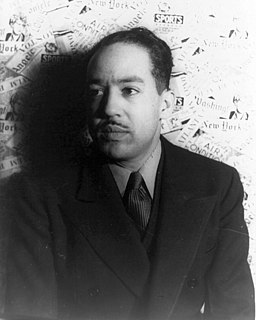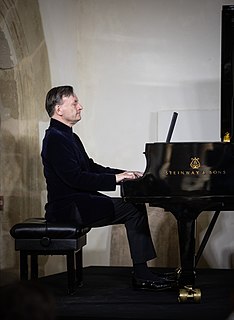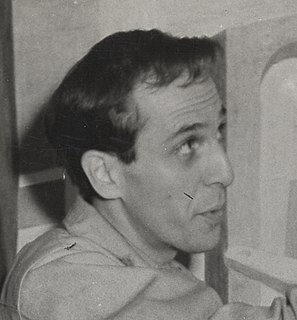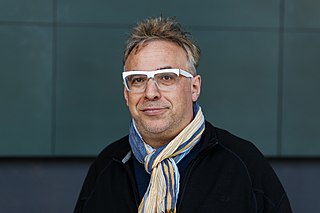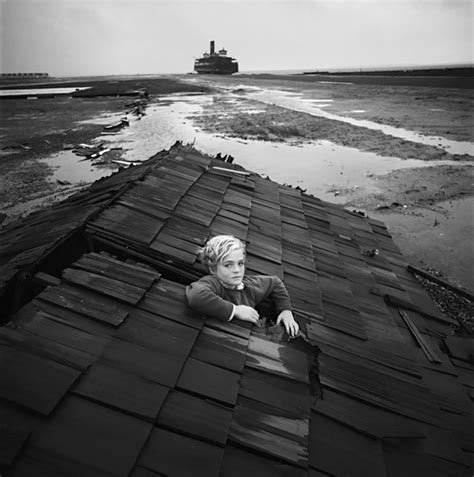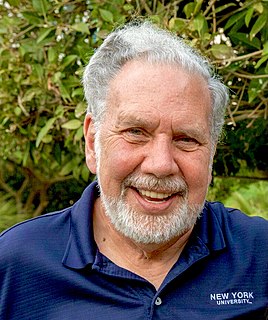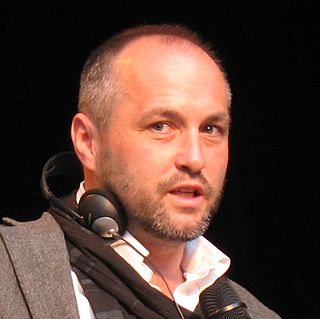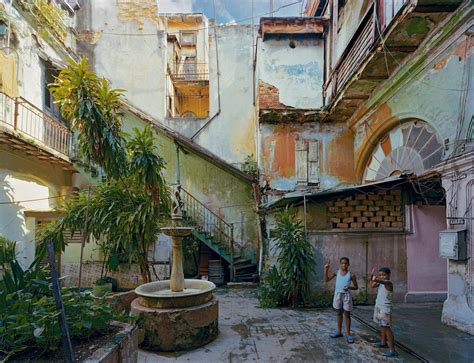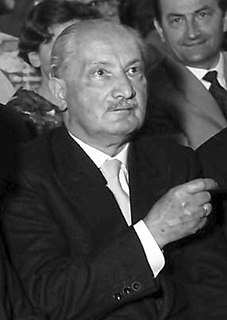A Quote by Robert Heinecken
I am interested in the relationships and play between an unfamiliar picture/object context and the familiar photographic image.
Quote Topics
Related Quotes
I don't particularly care about photographic authorship. Whether an astronaut who doesn't even have a viewfinder makes an image, a robotic camera, a military photographer, or Mike Light really doesn't matter. What matters is the context of the final photograph and the meaning it generates within that context.
... what is faked [by the computerization of image-making], of course, is not reality, but photographic reality, reality as seen by the camera lens. In other words, what computer graphics have (almost) achieved is not realism, but rather only photorealism - the ability to fake not our perceptual and bodily experience of reality but only its photographic image.
The photographic image has great possibilities. The magical photograph attempts to go beyond the immediate context of the recorded experience into the realm of the indefinable. The photographer as magician is acutely aware of the multiplicity of associations submerged in the appearance of the objective world.

